All your questions on baking with almond flour answered here! This instructional article takes the guesswork out of how to bake with almond flour, so you can indulge in low carb treats all year long. Take it from this self-proclaimed Almond Flour Wizard!
I’ve updated this post on how to bake with almond flour, as I’ve got a lot more good information to add!
I’ve been baking with almond flour for more than 8 years now and I have to say, I have gotten pretty good at it. I’ve been called The Keto Baking Queen by many people and it’s a title I’ve earned through many years of trial and error. I am proud of my low carb baking skills, and I find myself improving and growing on almost a daily basis. So I decided it was high time to update this article on How To Bake with Almond Flour so you can benefit from my experience!
Because almond flour is the basis of many of my keto recipes, I am highly comfortable with it. It’s perhaps one of the most versatile of the low carb flours, and works well in low carb cookies, cakes, and breads. It’s great for low carb pie crust too! You just have to know how to treat it, what to look for, and how to adjust if it doesn’t work quite as you expect.
So let’s get started. Answering your burning questions about baking with almond flour, right here, right now.
Almond Meal vs. Almond Flour – What’s the difference?
Let’s clear up any misconceptions right now that all almond flour is created equal. I get this question a lot, and the answer is a resounding NO! Sure, they are both made from ground almonds, but anything that calls itself almond “flour” should be finely enough ground that you can make fine-textured cakes and bread that rival their wheat-based counterparts.
It should also be blanched almond flour, so that you get no little dark bits of skin. There are several really good brands of finely ground almond flour, including Honeyville, WellBee, and Anthony’s. My favourite is Bob’s Red Mill Super Fine Blanched Almond Flour. Costco also sells good almond flour at a reasonable price, under their Kirkland brand, which I believe it actually produced by Honeyville.
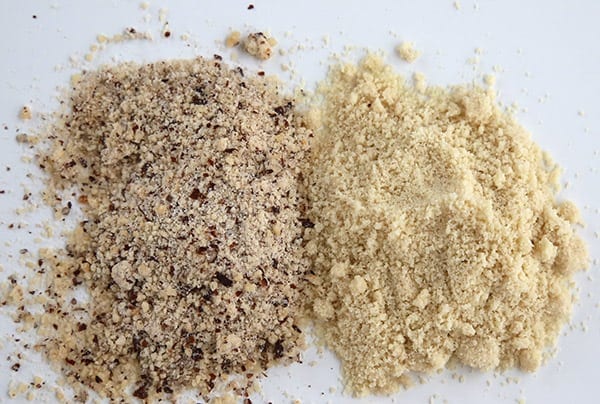
Almond meal is much more coarsely ground and if you place the two side by side, you can really see the difference. It’s still often good enough for baked goods where texture doesn’t matter quite as much, like low carb muffins or crackers. It can be both blanched (skins removed) and un-blanched (skins left on). And since it’s often less expensive, it may be preferable to almond flour at times. You don’t even have to buy almond meal, you can make it yourself if you have a good food processor.
So, if you’ve ever made an almond flour recipe and had issues with the final product holding together, leaching out the oils or butter, or not rising properly and holding its shape, a likely culprit is that you are using the coarser almond meal, instead of almond flour. The larger particles mean less cohesiveness for the finished product. For some things, it may not matter but for cakes and fine-textured items, it most certainly does. I don’t even keep almond meal around anymore, I use almond flour for everything.
Subbing Almond Flour for Wheat Flour
You’re going to hate me for saying this, but there is no easy formula here. It all depends on what you are trying to make. Cookies are dense and crunchy whereas cakes should be light and fluffy, and they are going to take very different ratios of almond flour to other ingredients.
I wish I could tell you it was as simple as swapping almond flour for wheat flour at a 1:1 ratio. But it’s not and when you think about it, you can see why. Almond flour is basically ground nuts, full of fat and moisture, entirely without gluten and not nearly as powdery, fine and dry as wheat flour. So there are a whole range of factors you need to account for when adapting a wheat-based recipe to low carb and gluten-free. You need to consider the texture, density, and moisture content of the baked good you want to make over.
A cup of almond flour also differs significantly in weight from a cup of wheat flour. Out of curiosity, I just went and measured the two (literally right now, as I am writing this) and a cup of wheat flour came to 5 oz, while a cup of Bob’s Red Mill blanched almond flour came to 3.75 oz. That’s more than a full ounce difference!
If you are a total beginner with almond flour, I’d actually suggest you stick to some tried and true recipes to get a feel for how it behaves and the overall proportions. That’s certainly how I started, 2 and 1/2 years ago. Once you have a good sense for almond flour recipes, you will find it easier to strike out on your own and adapt some family favourites.
Let me tell you what I do, when I start making over a recipe. Take, for example, my Almond Crusted Butter Cake. The original wheat-based recipe took about 50% more butter and 50% less flour. Knowing that almond flour has a higher fat content but is less dense than wheat flour, I basically switched this ratio around. Then I doubled the baking powder and added in whey protein to make up for the lack of gluten and to give the end result more structure. Then I crossed my finger, said a little prayer, and popped it in the oven. And it has since become one of my all-time favourite keto cake recipes!
You can also increase the eggs for more protein and structure, but too many eggs can give the final result a rubbery texture or make it too “wet” and gummy in the center. I usually start with one more egg, and then add another closer to the end if the batter seems too heavy and thick.
One important thing to note when adapting wheat flour recipes is that your almond flour batter will almost always be thicker. Don’t expect it to look exactly like a wheat-based batter and resist the urge to thin it out with liquids, or you will likely end up with a soggy mess.
Other Nut Flours and Meals
People often ask me if they can use other nut flours and meals instead. I give the answer to this question as a tentative “yes”, with several caveats.
First off, I don’t know of too many other nut “flours” that are as finely ground as true blanched almond flour, so if texture and consistency of the end result is dependent on the grind, then you may have some difficulty. Some keto muffins, scone and cookie recipes lend themselves admirably to a simple swap of one nut flour/meal for another. Several of my biscotti recipes could be made with hazelnut meal instead of almond flour, as could some cracker and cookie recipes. And my Hazelnut Chocolate Chip Bundt Cake could easily be made with another nut meal of choice (walnut, almond, pecan…all of those would do well).
But finer cakes and cupcakes might become too crumbly, to coarse and possibly leach out oil during baking if you attempt it with anything but the most finely ground flours. If you want a fine crumb on your cake so that no one can guess it’s low carb, then you want finely ground almond flour.
Sunflower Seed Flour
This is, in my opinion, the best nut-free substitute for almond flour, because it can be ground quite finely. You can even make your own sunflower seed flour easily at home. Check out How To Make Sunflower Seed Flour here.
The funny thing about sunflower seed flour, though, is how it can turn green when it’s baked. This is a reaction with the leavening agents like baking powder and baking soda and it doesn’t mean the baked good has gone bad. To offset this reaction, you need about 1 tablespoon of acid like apple cider vinegar or lemon juice. In chocolate recipes, the brown colour covers the green and you don’t really need to worry about it.
Coconut Flour vs. Almond Flour
Inevitably when I make a keto recipe with almond flour, someone comes along and asks if they can make it with coconut flour. And vice versa. Here’s the deal:
You cannot sub coconut flour for almond flour as a direct 1:1 substitution. I cannot state this more strongly. Don’t even think about trying it or you will end up with hard, inedible thing that is only good for using as a hockey puck. Check out my article on Baking with Coconut Flour for more information.
Coconut flour is an entirely different creature than any flour based on tree nuts. It’s fine, powdery, dense and soaks up liquids like nobody’s business. It also requires more eggs and sometimes more other “binders” like xanthan gum, to keep the final product together. And you want to use WAY less coconut flour for a recipe than you would almond flour, sometimes as little as 1/3 to 1/4. In essence, if you choose to make a recipe based on almond flour with coconut flour, you will need to restructure the whole thing.
If I were to take one of my basic almond flour recipes and rework it for coconut flour, I would start with about 1/3 the amount of flour, twice the eggs, some xanthan gum, a little more leavening agent like baking powder, and then I would add my liquids like coconut or almond milk last and not all at once. I would add some liquid, work it in and see how thick the batter was, then add a bit more and a bit more until it felt right to me. Again, “right” in this case is likely be a thicker batter than anything wheat-based, so it take some experimenting to get it right.
One good thing about working with coconut flour (and almond flour) is that they don’t contain gluten so over-mixing is usually not an issue. On occasion, I’ve been making a coconut flour recipe and suddenly thought it needs another egg or two. I’ve added it at the very end and had no problems with the end result. In this sense, at least, coconut and almond flours can be very forgiving.
Peanut Flour vs Almond Flour
The best answer I can give you here is: maybe. Peanut flour comes in a variety of forms, including roasted (light and dark), unroasted, partially defatted and full-fat. I ordered some peanut flour once that was essentially just ground peanuts and it did well as a sub for almond flour in several recipes. But the defatted ones are a little bit like coconut flour, they are very fine and powdery and soak up a lot of liquid. So they are going to require some reworking of the basic recipe in some of the same ways as coconut flour, although to a lesser extent.
How to Measure Almond Flour
Always use the scoop and level method, unless the recipe indicates otherwise.
I always simply scoop the almond flour from the bag or the canister, and level it off with a knife or sometimes with my hand. I never try to jam pack my cups to get more almond in there, so all of my recipes will be written assuming you simply measure an unpacked scoop. A well-written recipe should specify if you should pack the ingredients, so assume not if it doesn’t say. Sadly, not all recipes are that well written these days.
Many gluten-free recipes are done by weight, not volume, because gluten-free ingredients can differ significantly by brand. I am making an effort to do this more often now, especially when the recipe is on the tricky side and precise measurements matter. I would suggest investing in a small kitchen scale if you want to be more accurate. I will always give measurements by volume, however, since I want my recipes to be as accessible to as many people as possible. Weight measurements are more accurate overall, but it doesn’t do me any good if the reader doesn’t own a kitchen scale!
How to make Almond Flour Bread
Looking for a firmer bread you can toast and slather with peanut butter? Yeah, me too. Almond flour is by nature moist so if you use it on its own, your end result can be more cake-y than you want it to be.
I find that adding a little bit of a denser flour, like coconut flour or oat fiber, can help stiffen the batter and thus firm up the bread. I used coconut flour successfully in my Low Carb Panini Bread Recipe. The trick is to not increase the other wet ingredients, so the addition of this flour helps dry out the consistency of your bread.
You can also try using a little oat fiber, which is made from the husk, or the “bran” of the grain and not the grain itself. However, it may contain a little gluten so it’s not idea for people with a gluten intolerance.
Many people add psyllium husk to low carb bread recipes as well, which can give it more of a yeast-bread like texture. But depending on the brand of it can also make it gummy and sometimes it has a purplish hue.
Using Protein Powder in Low Carb Baking
Why do I often use whey protein or egg white protein in my keto cakes and other baked goods? It isn’t, as some people think, to get more protein into my diet. I am an unabashed carnivore and consume plenty of protein.
It all comes down to the science of baking. Gluten is a protein and it’s part of what gives wheat-based baked goods structure, allowing them to rise and hold their shape. In gluten-free baking, adding in a dry protein can help make up for this. You can’t just add more egg whites because that will throw off the liquid to dry ratios. But you can easily swap out the whey for your protein powder of choice (hemp, soy, even egg white powder). The results may vary a little depending on the protein content per serving.
Freezing Almond Flour Baked Goods
With only a few exceptions, I would say yes, most almond flour baked goods are indeed freezer-friendly.
I have successfully frozen cakes, muffins, cookies, scones, and even some almond flour pie crust. I usually freeze after baking, and I freeze before I glaze or frost the baked good in question.
However, you can also freeze some unbaked items and then thaw before baking. I’ve done this successfully with almond flour cookies like my Butter Pecan Cookies and Chewy Ginger Cookies. The trick here is to roll them into balls and flash freeze on a cookie sheet. Then you can put them in a container or plastic bag and they can be frozen for months. Thaw fully before baking.
How to Store Almond Flour
I keep my unopened bags of almond flour in my cellar, which is quite cool year round. Once a bag is opened, I transfer half of the almond flour to an airtight container and keep it on my counter. The rest is frozen or refrigerated to keep help it keep. I don’t recommend trying to bake with the almond flour straight out of the freezer. The high moisture and fat content will make it very clumpy and hard to work with.
More Almond Flour Baking Tips
- Let your almond flour baked goods cool completely. My friends, I can’t emphasize this enough.It can be tempting to start cutting them up soon after they are baked, but try to resist or you may wind up with a heap of crumbs. The texture and cohesiveness of low carb baked goods always improves upon cooling and sitting. Crackers, cookies and tart crusts will crisp up better and breads and muffins will hold together better when left to sit for an hour or two.
- Room temperature ingredients. Make sure your eggs, butter, and cream or almond milk are at room temperature, unless otherwise specified by the recipe. If they are cold, your batter will clump up.
- Grease that pan well! Low carb goodies can stick more than conventional ones, so really work that butter or oil into the corners of your pan.
- Watch it carefully. Almond flour baked goods can also brown more quickly than wheat flour recipes. If I am adapting a wheat-flour recipe, I almost always lower my oven temperature by 25 degrees F, and I watch it carefully. If the top and sides are browning too quickly, I cover the pan with aluminum foil.
- Baking times are only a guide. Oven temperatures can vary tremendously so please only ever use baking times as a rough guideline. What takes 20 minutes in my oven may take 25 in yours. Or yours may be done faster. You should always set your timer for 5 minutes LESS than the baking time says, and then check on it every 5 minutes after that.
Ready to become an almond flour baking expert?
I hope that helped answer some of your most pressing almond flour baking questions. If you can think of anything I didn’t cover here, or you have some tips of your own you’d like to share, please leave a comment or send me an email. I’d be more than happy to update this little (long) treatise to cover more ground!
Free Bonus: Secrets to Keto Baking!
Sign up for your favorite recipes delivered straight to your inbox plus get our FREE bonus: Secrets to Keto Baking!
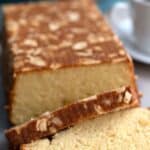
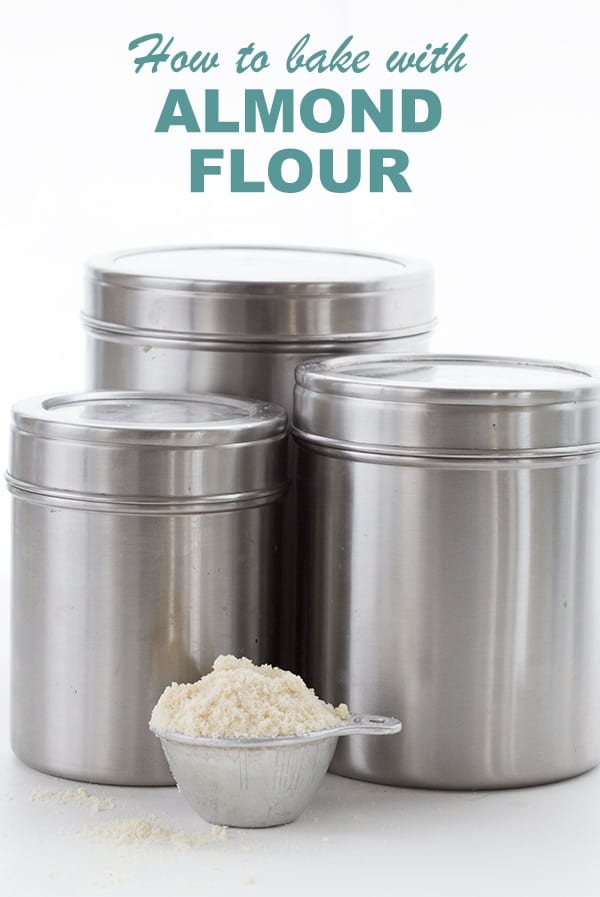
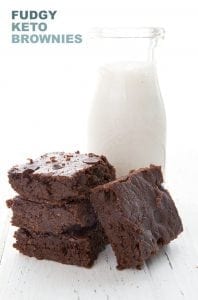
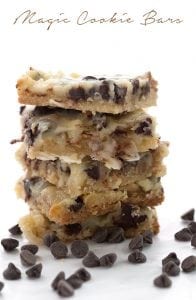
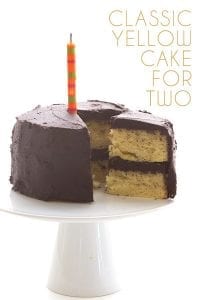
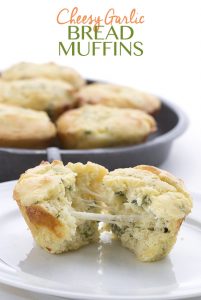
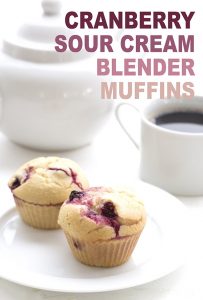
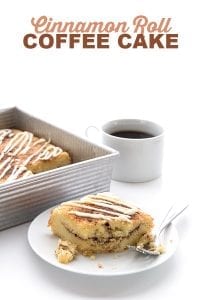
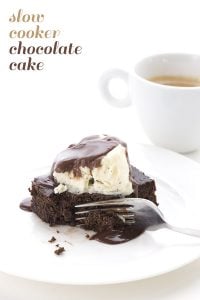
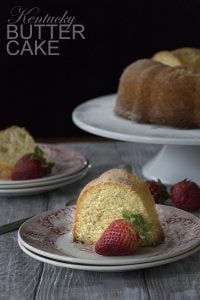
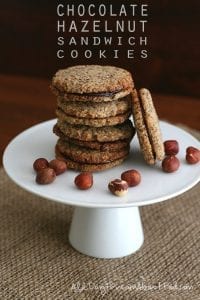

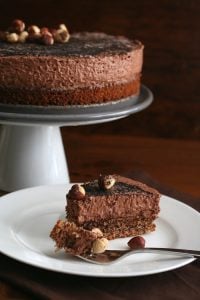
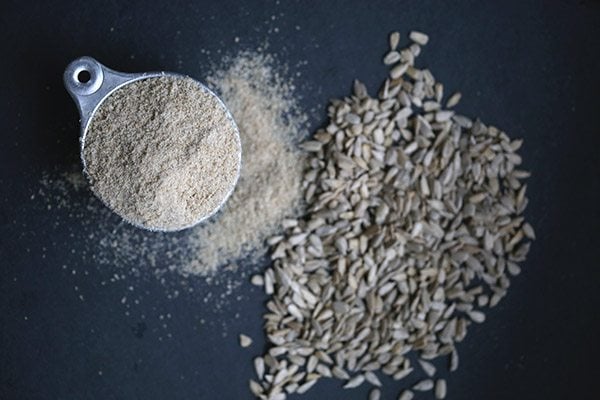
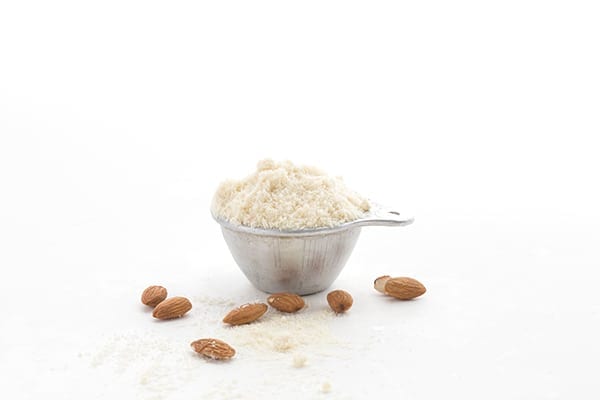
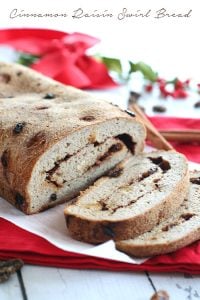
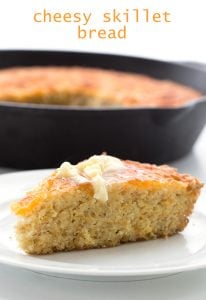
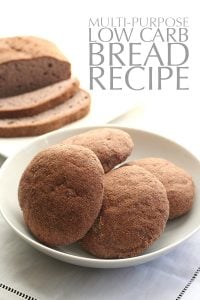
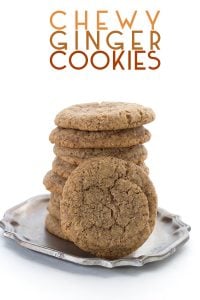
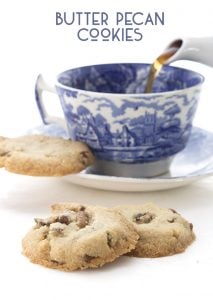
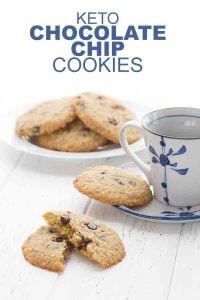
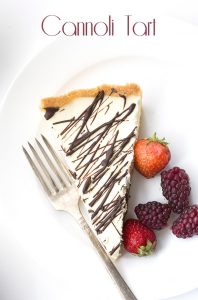
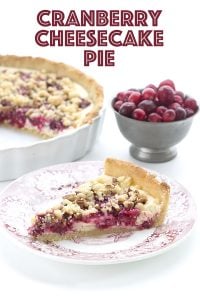
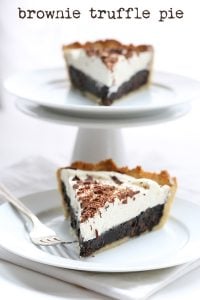

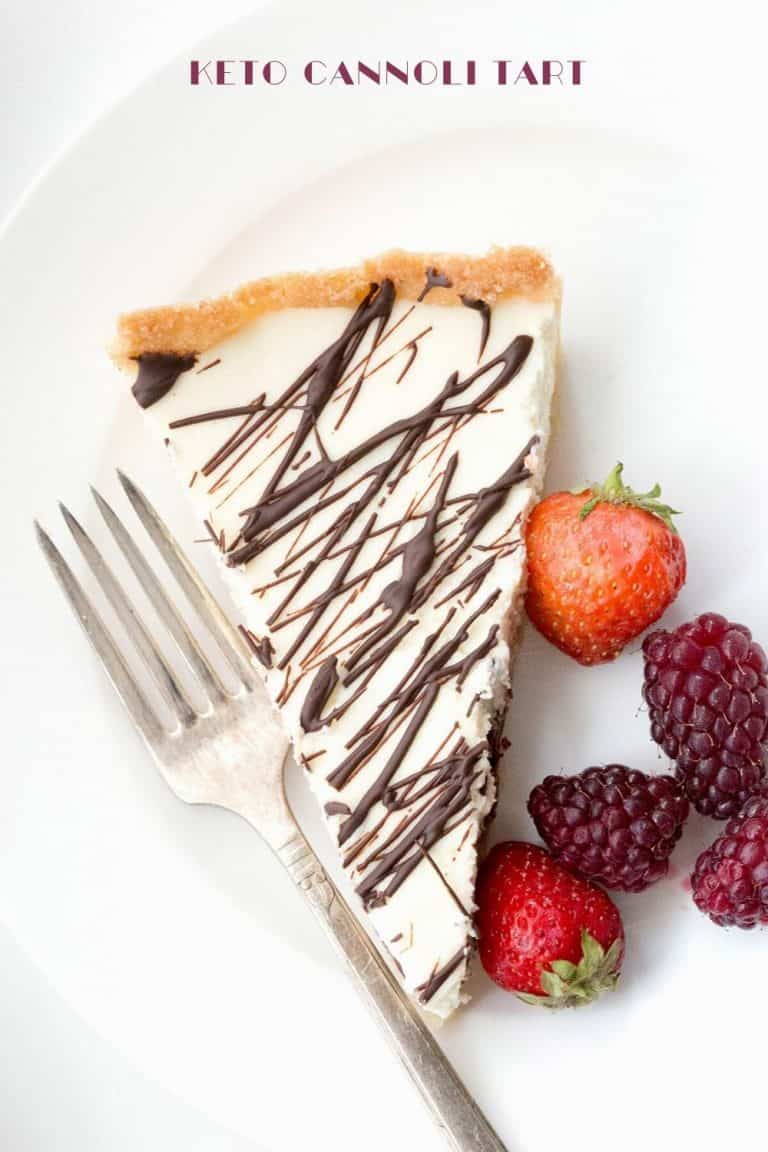
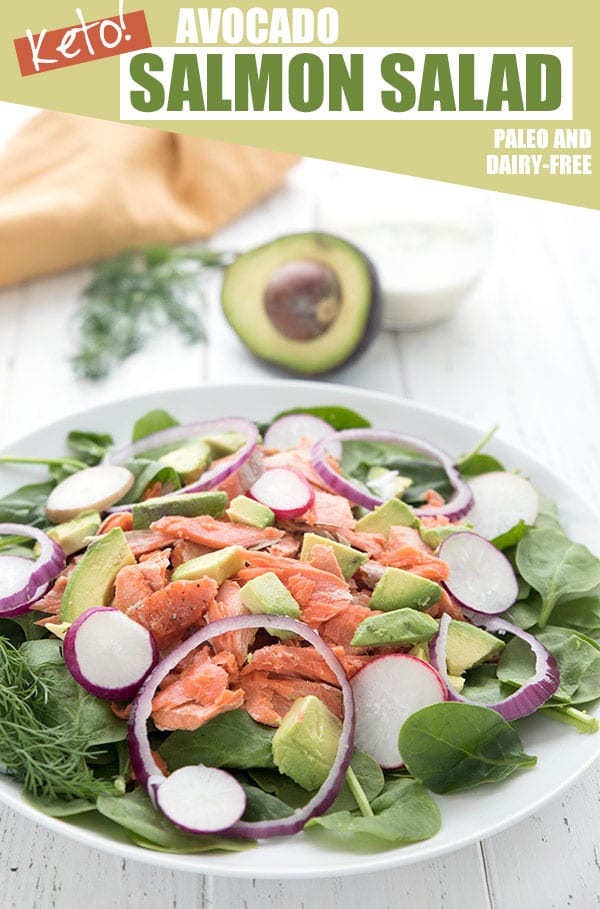
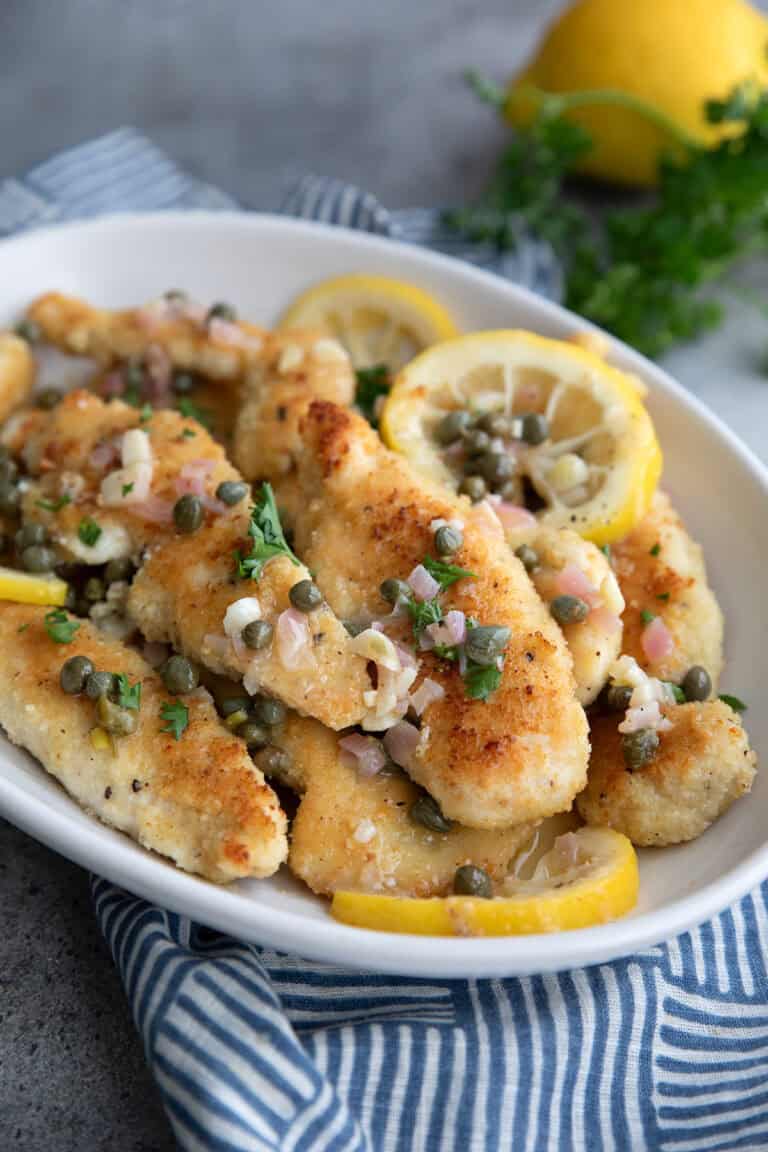
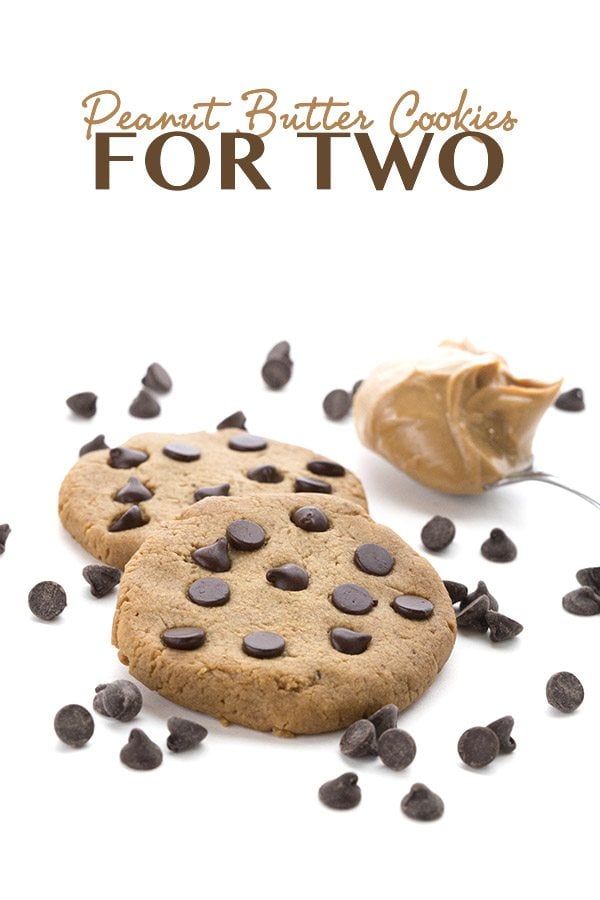









Thanks for this. Anyone having a COSTCO membership might be interested to know that they have started carrying Almond Flour in 3 lb. bags for around $10- $11. Seems like a bargain to me.
That’s in Charlotte, NC, anyway.
You mentioned that you might add whey protein in almond flour recipes to compensate for the absence of gluten when you remove the wheat flour. But, pure whey powder is gluten free. Did you make a mistake? Or, is there something other than gluten that you are seeking out in the whey powder that offers gluten-like influences?
Thank you whole heartedly for your article. It’s packed full of useful information and you’re truly a pioneer in almond flour baking.
I am not trying to add gluten. I am trying to add a dry protein. Gluten is a protein and part of what it does is help baked goods rise and hold their shape. So does whey protein.
I am new to your website, I just subscribed. I’m so happy I found you, as I have Hasimoto’s (hypo thyroid) and have had to go gluten free. Finding satisfying, tasty breads and desserts has been hard, as I live in the Caribbean and it is hard to find many of these things, that are also low carb. I have been experimenting with almond, coconut and tapioca a bit, and have made some nice things. This is so helpful and I have been drooling over so many of your recipes. Thank you for such a great and informative website..
So glad to help!
I have had some questions about nut flours and yeast lately and this has helped me get a little better understanding of what is happening. Thanks!
I really want to bake a healthy biscotti recipe for my family. Will oat flour work in place of the almond meal????
I really can’t say, I don’t use oat flour at all. Sorry!
I know this is an older post of yours, but I am hoping you and your readers find my comment helpful. ( Though you may already know this info and posted about it. )
I’m always on the lookout for low carb ingredients in my local grocery stores because I’m super impatient and want to try new recipes and new ingredients yesterday! I don’t like waiting for things to be shipped to me. I have ordered things, of course, but I really prefer getting my paws on it ASAP!
I have found a super finely ground and finely ground almond flour by Bob’s Red Mill, and once I even found the King Arthur super fine almond flour in a store. ( That blew my mind, haha. My jaw literally dropped right there in the flour aisle. ) I can find Bob’s Red Mill at Publix, Whole Foods, and I’ve seen it at Wal-mart too, which is where I found the King Arthur, but the store closest to me does not carry it. I’ve used both of the brands and find they are just as good as Honeyville and JK Gourmet. Just wanted to put that info out there, if that’s okay. I thought it may make it easier for people like me who hate waiting for ingredients…haha. 🙂
Hope it is okay to name the stores. If not, I apologize in advance.
Your blog is just so great, and has helped me broaden my low carb baking horizons. I’ve been doing low carb exclusively for 3 years now, and I also have a wicked sweet tooth, so your blog has been indispensable to me. Yay for low carb yummies!
Thanks for the heads up. Bob’s has recently changed to a more finely ground version which thrills me!
Hi Carolyn! Beautiful presentation of delicious almond flour recipe, you have shared. What an almond flour recipe it was! This is my favorite one also. I love your blogs which always come with new recipe with new taste. Keep it up and keep sharing as such.
Great info here. I wonder if you’ve seen or used King Aurthur almond flour. It seems finer than the Red Mill, and I can get it without having to mail order. If you’ve seen it I’d appreciate you’re telling me how it compares to your preferred choice. Thanks.
http://www.kingarthurflour.com/shop/items/almond-flour-1-lb
how do I keep baked goods made of almond flour & other low carb flours
from over browning on the bottoms, I made your handpies with a meat filling
but it was really difficult to tell when they were done. At 12 min, they still looked raw on top, at 15 they started to turn a light gold on the edges, but the tops were still white so I left them in for a total of 17 min; they looked perfectly done on top
but when I removed them the sheet to cool they all were very dark brown on the bottoms, I baked them on parchment paper on a 9 by 11 jelly roll pan
on the very top rack of my electric oven, which has only 1 rack, that I can adjust.
Sounds like your oven might be the issue here, not conveying heat very well to the rest of the oven. Not sure how to fix this for you if you are already putting them on the top rack! One suggestion may be to get a silpat (the silicone baking mats) to protect the baked goods a little more on the bottom.
Many thanks for this – very helpful. I’m hoping you can help even more, though!
My wife is allergic to grasses, so she is trying various recipes. Ground a!minds for cupcakes goes well, but she has recently been using almond flour to try to replicate choux pastry, for profiteroles, but without success. Do you have any experience of making choux pastry yourself, and any advice?
I would like to try some of your recipes, and I live at 6000 feet. Do you know if high altitude affects baking with almond flour? I don’t have the patients for trial and error, and I hate to waste ingredients if it doesn’t turn out well.
I don’t live at altitude so it’s hard to say for sure. But I had this one person say some things about my multipurpose bread recipe and it may apply to other recipes as well:
I’ve lived at high altitudes my whole life. My elevation here is over 5000 feet. The air pressure is lower, so things rise too fast before the structure has set, which makes it collapse. You have to DECREASE the baking powder and INCREASE the temperature. I made this with those changes and got a lovely loaf that did not deflate. I used 2 1/2 teaspoons baking powder with an oven temp. of 375 degrees. I baked it in an 8″ x 4″ nonstick metal pan, sprayed with coconut oil spray, for 75 minutes. Then I took it out of the oven, which I turned off, put the loaf on a metal rack and put it back in the oven to slowly cool for another hour. Since I was using Now psyllium, I used the higher water amount.
Thank you so much!!
I’ve used this recipe a couple of times but have trouble with the bread falling as it cools, after I take it out of the oven. I bought some blanched almond flour at my local Natural Grocer store that looked as if they had ground it at the store. They keep it in the big cooler at the back of the store. BUT, after reading your description of almond flour, I have to wonder whether what I have is really almond flour, because it looks rather gritty to me. Could this be the reason why my bread keeps falling as it cools?
It very well could be. Working with psyllium is tricky anyway so if it’s more like almond meal, then it probably won’t cut it.
It is quite possible that I’ve never seen true almond flour, SO, I think I’ll order some online from Honeyville. Thanks for responding so quickly. 🙂
Hello-
We are trying to find low carb bread recipes but can’t use almond flour. My daughter is allergic to tree nuts so any tree nut flour is out. Any suggestions on what to use instead? Thanks!! :o)
Sunflower seed flour.
Thanks Carolyn that sounds Interesting. Would the flour have that distinct sunflower seed taste?
Yes, a little but it can be masked with other flavours, particularly chocolate.
I was baking a lot with almond flour, until last year when I discovered I cannot eat eggs or dairy. The amount of eggs required in these recipies has scared me away from trying them, not wanting to waist ingredients having it not work. I DO use ground chia seeds and water to sub in other recipies, but only to replace 1 or 2 eggs. Do you have any experience using substitutes for eggs in the larger quantities?
I don’t I am afraid. My fear is it would not work out well but I think in your case, it might be worth a try. I’d add more leavening agent to help things rise a bit more.
Thank you so much for this great information! Could you please share what whey protein you use in your baking? Thanks!
Well, right now I am using some from Bob’s Red Mill, but I also like Jarrow and Tera’s Whey.
Hello,
I was wondering in using almond flour for making bread. You said you used a whey protein powder to hold the structure. What is the difference between that and vital wheat gluten? Which one is better to use?
I supposed that depends on your perspective. I don’t eat wheat or gluten, therefore I choose not to use vital wheat gluten.
There’s a huge difference between whey and vital wheat gluten. whey is made from milk, right? So, if you’re trying to avoid gluten, using vital wheat gluten would be a no, no.
Roughly speaking, what would the ratio of almond flour / meal to protein powder be?
Many thanks
Jo
That is an interesting question! Well, for many recipes, it’s 2 or 3 cups of almond flour to 1/4 to 1/3 cup of whey protein powder. I do it by gut instinct so there is no hard and fast ratio but I guess it would be 8:1 or 9:1.
Thanks, Carolyn!
Carolyn,
Thanks so much for your terrific blog! I’m having a lot of fun trying your recipes and getting back on the low-carb track.
Here’s a question I’m hoping you can help me with: I’m making a chili relleno casserole which calls for 1/4 cup of flour. Would substituting almond flour produce similar results?
Hi Carolyn. Above, you say that you don’t include weights in your recipes because many of your readers don’t use the scale to bake. I’m wondering if, sometime when you get around to it, you might weigh *your* typical 1 cup of almond flour as you scoop it into the measuring cup? Probably a little anal of me, but I do think it helps to weigh if I’m struggling to get a particular recipe to come out a certain way. And: lazy! It’s easier to weigh. I promise not to quote you back to yourself. 🙂
I already did that in this tutorial from a while back: https://alldayidreamaboutfood.com/2013/02/low-carb-basics-baking-with-almond-flour.html Hope that helps!
D’oh! Totally missed it, thank you!